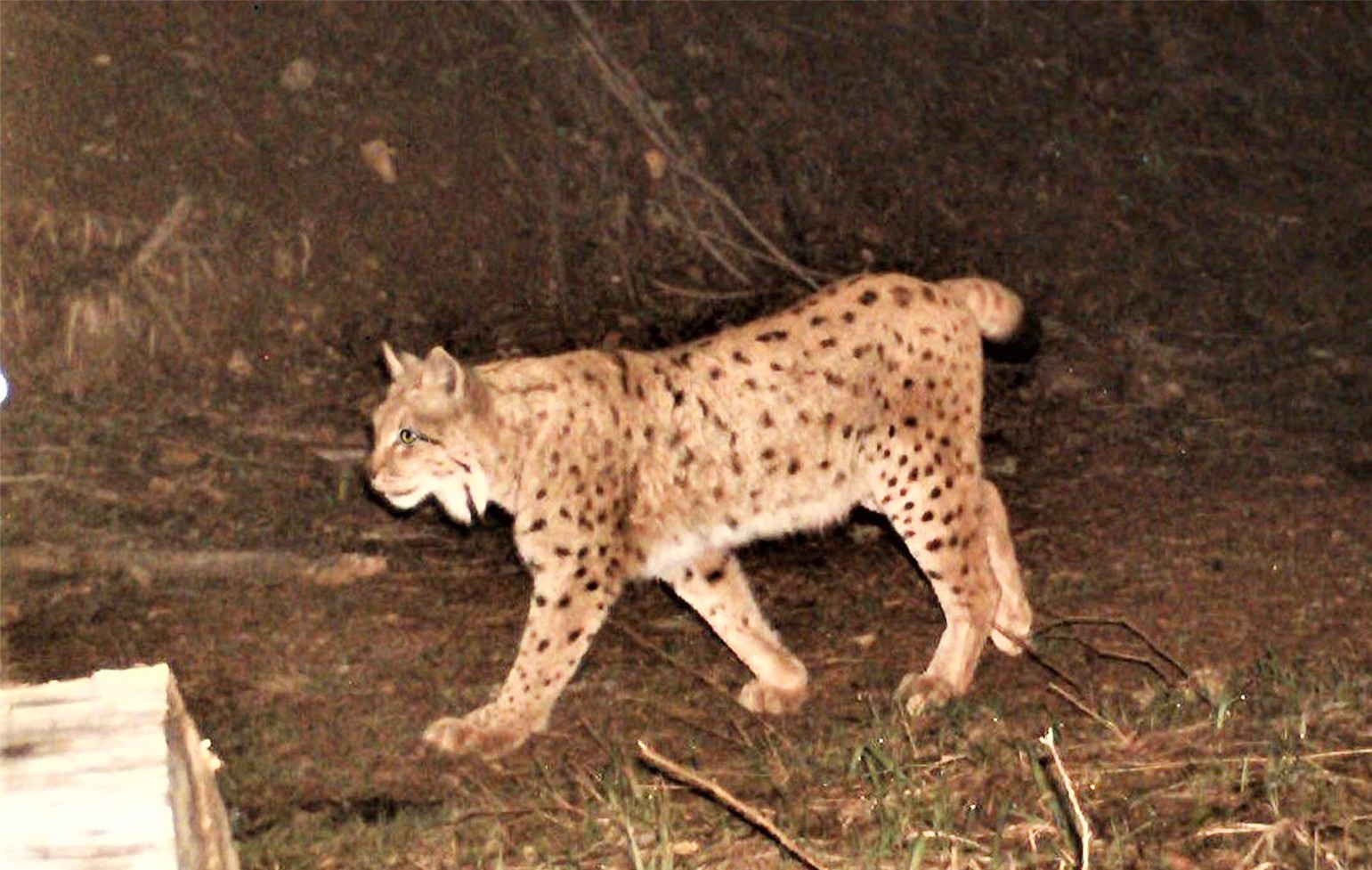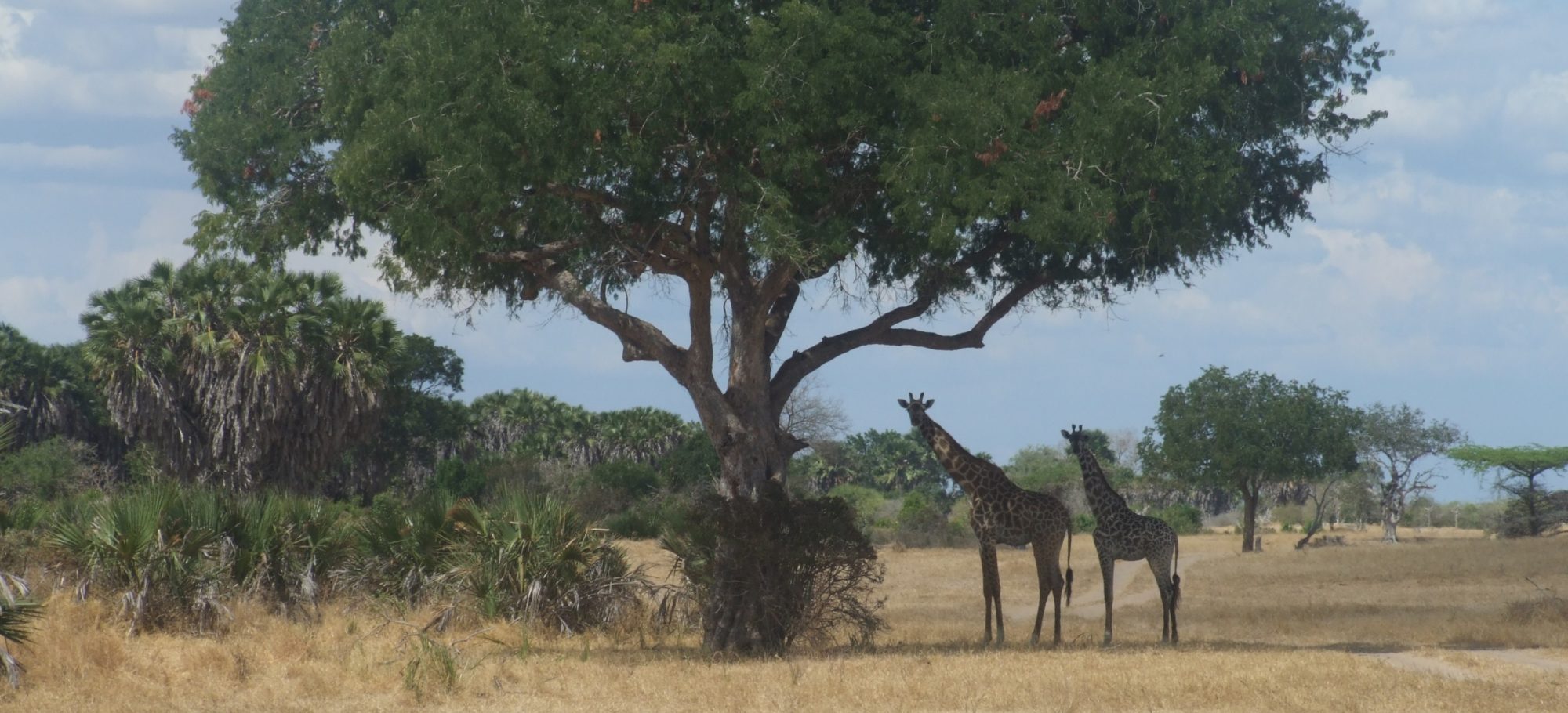Kosovo

Kosovo is a small country in south eastern Europe, mostly known for a war that was fought there. Yet it is a beautiful country and has much to offer people visiting. One side of this is the wildlife
One of the smallest countries Europe, the Dirac mountains are also found here. Lying at the bottom of the Dirac Alps there is plenty of wild space in this little country.
There is a stable population of wolves in the country, which is numbered at around 500. They are hunted for trophies but it is unclear if this is currently sustainable.
There are currently thought to be just 60-120 Balkan lynx spread across a large area(about 5 countries).
There are thought to be no more than 100 bears in the country, which is not many. However it is a small country, and these bears are not isolated from populations in surrounding countries.
Golden Jackels are found in the northern half of the country.
Links will be added below news related to this area as we connect with people and places
